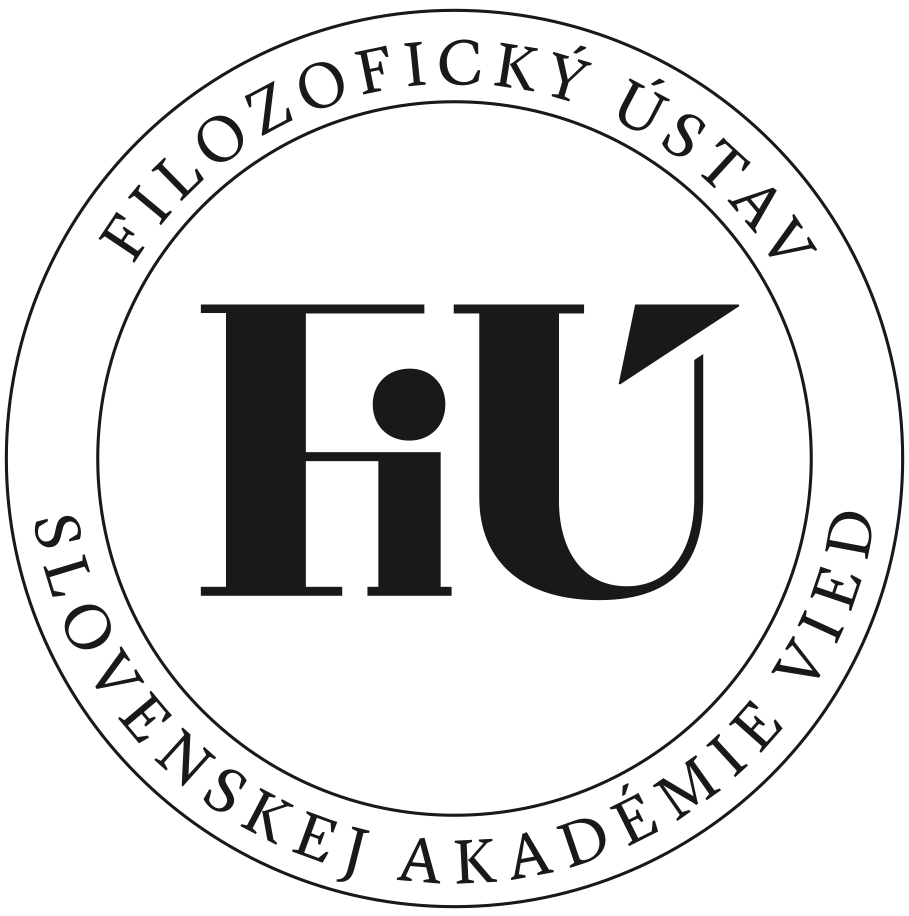Publication Details
The Theory of Models and the Application of the Logical Apparatus
(Original title: Teória modelov a použitie logického aparátu)
Otázky marxistickej filozofie, 19 (1964), 1, 56-65.Type of work: Papers and Discussions
Publication language: Slovak
Abstract
The study informs on some fundamental problems of the applicability of the logical apparatus in the outiogical field. The point of departure is the theory of models as conceived by logic. The application of the logical apparatus is then examined from the viewpoint of the construction of outiogical models. No emphasis is put on calculation and on some deeper analysis of concrete applications in science and technique. In the first chapter, bearing the title „The theory of models“, different views of the problem of models are discussed. The conception „model“ has different meanings in the different conceptions. Most frequently it belongs to semantics as a metatheoretical conception closely connected with the conception of satisfiability. The conception „model“ has been in this way defined for instance by Tarski in his papers concerned with semantics. Like some other authors, Grzegorczyk in his book „Zarys logiki matematycznej “ essentially accepts Tarski’s conception and presents its precise formulation. The semantical conception of model fundamentally originates from formalized languages and it also is connected with the conception of veracity. Besides this conception of the model there are, however, some broader conceptions (e. g.: Kleene, Introduction to Metamathematics). where the conception „model“ is connected with the conception of the abstract system and isomorphism. This conception of the model can be described as structural-syntactic. Hence it is necessary to distinguish between models understood in a closer sence (the semantical ones) and models understood in a broader sense. In the chapter Logical and outiogical models the difference between logical and > outiogical models of expressions of formalized languages is demonstrated by means of a simple illustrative example (formula „p-+q“). The principle of the relativization to language is taken into consideration in this demonstration. The difference depends on the distinction between logical and mimological expressions (constants). Based on the closer and broade conception of models the logical models are divided into syntactic and semantic ones. The principle of the creation of outiogical models is only hinted at and it cannot be generalized. In the last chapter The application of the logical apparatus based on the principle of outlogical models some ways are mentioned referring to the actual application in the field of relaycircuits, in the theory of terminal automatons, in cybernetics, mathematics and other disciplines. Fundamental informations are complemented with bibliographical data.
File to download: PDF
